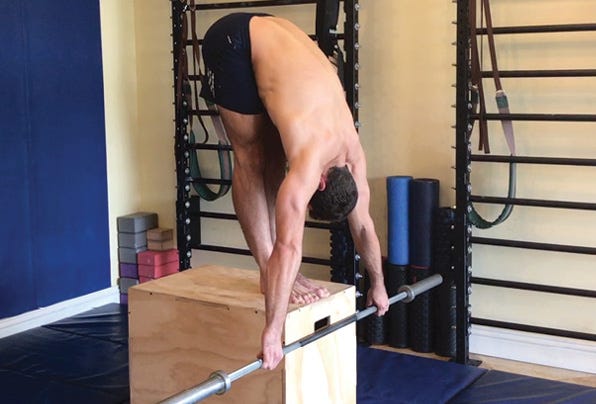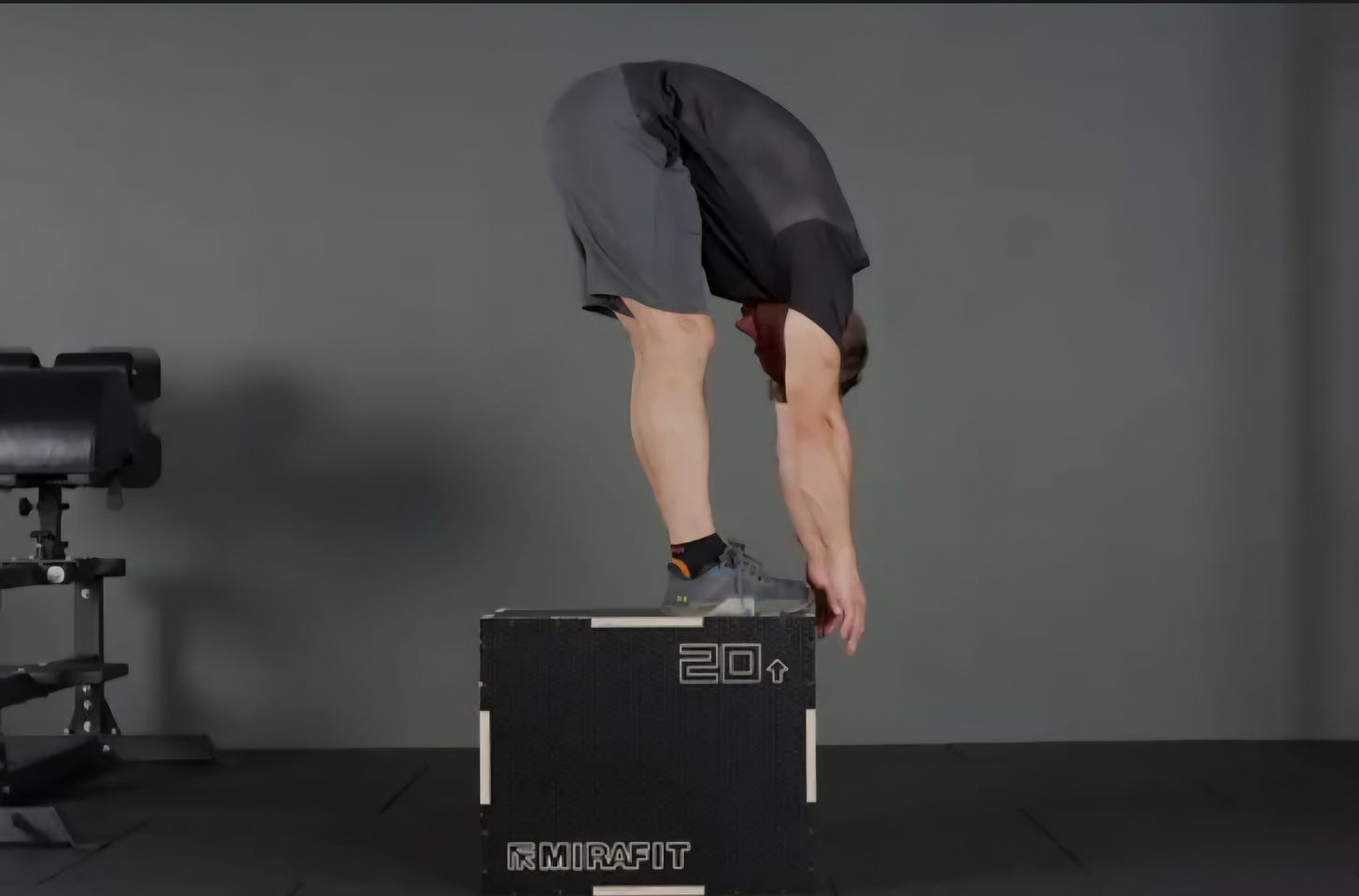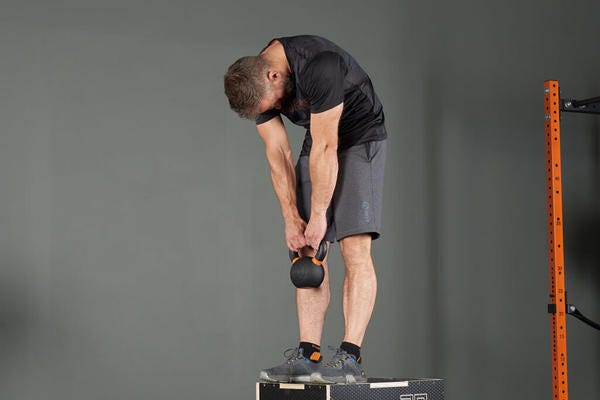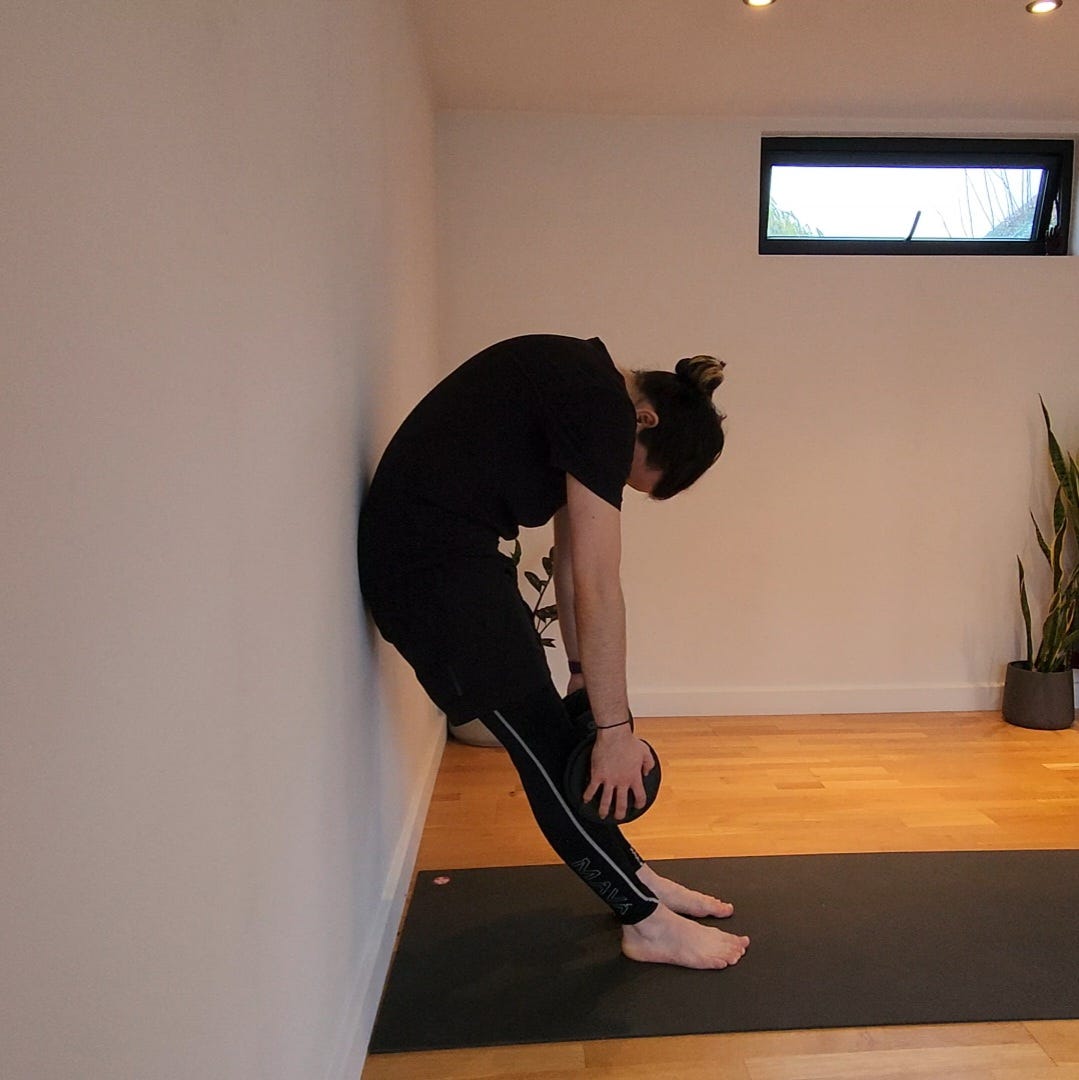Mention the Jefferson Curl in most strength circles and you'll get two reactions:
1. “Isn’t that dangerous?”
2. “Wait… is that the rounded-back thing?”
Yes. And yes.
But when done right, the Jefferson Curl is one of the most effective mobility + strength tools for building a strong, resilient posterior chain.
Here’s why.
What Is a Jefferson Curl?
It’s a slow, controlled movement where you:
Stand tall holding a weight
Tuck your chin
Round your spine one vertebra at a time
Slowly reach toward your toes
Pause at the bottom
Then reverse it all the way back up
It’s not a deadlift. It’s not a stretch.
It’s loaded spinal flexion under control.
And yes—it’s meant to round your back. Intentionally.
Why It Matters
1. Builds spinal strength where you’re weak
Most lifters avoid spinal flexion like it’s toxic. But if your back can’t handle flexion under load, it’s vulnerable—especially in deadlifts, cleans, or odd lifts.
2. Improves hamstring mobility with strength
The stretch at the bottom isn’t passive. You’re pulling into position. This builds active range in your hamstrings, not just flexibility.
3. Trains control through the full posterior chain
Glutes, hams, spinal erectors, traps—they’re all involved. You’ll feel it, especially at the bottom.
4. Prehab, rehab, longevity
Jefferson Curls are used by high-level gymnasts, weightlifters, and therapists to bulletproof the spine and unlock usable range.
How to Use It
Start light. Like, broomstick light.
Seriously—this is about control, not load.
Programming Guidelines:
2–3 sets of 5–8 reps
Tempo: ~3 seconds down, pause at bottom, 3 seconds up
Weight: Start with an empty bar, plate, or dumbbells. Only increase when control is perfect.
When to Do It:
After deadlifts or lower body days
On mobility-focused sessions
During warm-ups or cooldowns
As rehab after a back tweak (under supervision)
What to Avoid
Rushing the movement
Using ego-weight
Doing it cold with no prep
Forcing range — you earn depth over time
If it feels sketchy, reduce load or ROM. Control first. Always.
Easier Variations (Start Here If You’re Tight, Nervous, or New)
You don’t need to go full range or hold weight right away. Start where your body allows, and build from there.
1. Bodyweight Jefferson Curl (No Load)
Stand tall on a step or plate
Slowly curl down, arms hanging
Let gravity pull you gently into the stretch
Pause, reverse back up
Great for beginners
Safe way to build spinal control
2. Partial Range Jefferson Curl
Use a light dumbbell or kettlebell (5–10 lb max)
Only go as far as your hamstrings and spine allow without pain or pulling
Stop short of end range, pause, return up slowly
Ideal if you’re rehabbing or tight
Still builds control and coordination
3. Wall-Supported Jefferson Curl
Stand with back against wall
Curl down vertebra by vertebra, sliding off the wall
Keeps the movement slow, controlled, and less intimidating
Helps you understand segmental movement
Reduces fear of “losing” your posture
Progress Slowly
Once these feel clean and controlled, add:
Slightly more weight
Slightly more range
Slower tempo
Mobility isn’t just about getting deeper—it’s about owning that position under control.
Final Word
The Jefferson Curl isn’t magic—but it’s massively useful when used with intent.
If you want to build a spine that’s not just stable but also strong through range…
Don’t just train around your weak spots. Train through them.
Own your flexion. Control your end range. Train the whole chain.





